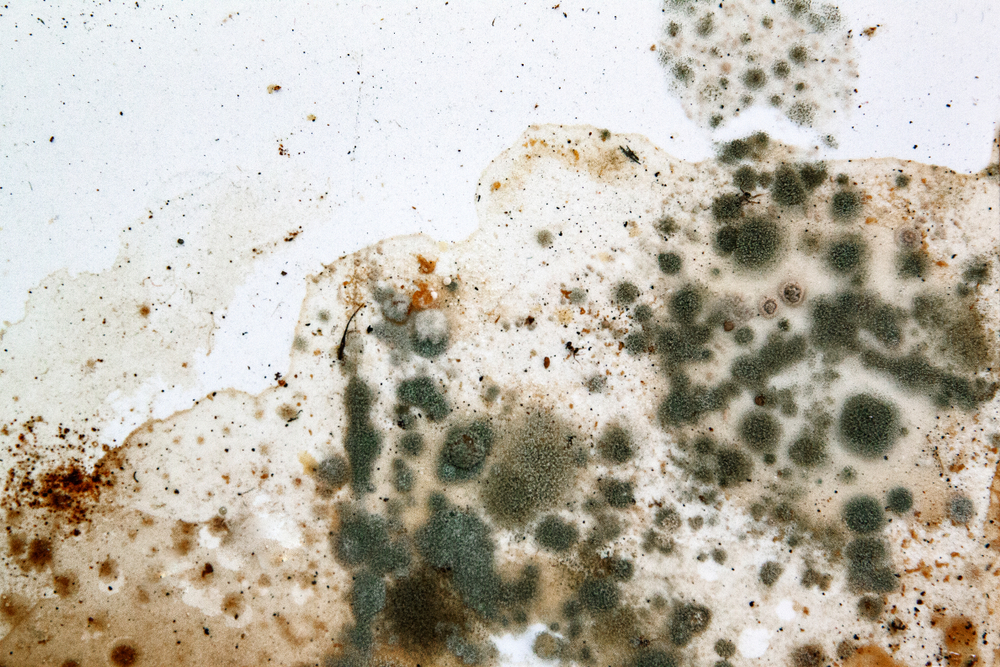
Mold is notorious for thriving in warm, humid conditions, but is it exclusive to them? It’s essential to understand mold’s tenacity and its potential to pop up in unexpected conditions, as its impact on air quality is pervasive.
This query not only challenges established perceptions but also navigates through the crucial aspects of understanding and managing air quality effectively! Join us as we dissect the science behind mold growth, unraveling its mysteries, and keeping your environment safe and clean.
Debunking the Mold Growth Myths
While cold, non-humid conditions are scarcely associated with mold infestation, various factors might beg to differ, offering an underexplored haven for these stealthy spores. Contrary to popular belief, mold growth occurs all year round – no matter the climate or season!
According to the Centers for Disease Control and Prevention, “Mold will grow in places with a lot of moisture, such as around leaks in roofs, windows, or pipes, or where there has been flooding. Mold grows well on paper products, cardboard, ceiling tiles, and wood products. Mold can also grow in dust, paints, wallpaper, insulation, drywall, carpet, fabric, and upholstery.”
Although mold thrives in warm, dark, and humid environments, it is incredibly resilient and can continue to grow when temperatures and humidity decrease, especially in the event of water damage.
The CDC states that mold can:
- Enter your home through open doorways, windows, vents, and heating systems.
- Attach itself to clothing, shoes, and pets and be carried indoors.
- Thrive on building materials such as wet cellulose materials, including paper and paper products, cardboard, ceiling tiles, wood, and wood products.
- Also thrive on other materials such as dust, paints, wallpaper, insulation materials, drywall, carpet, fabric, and upholstery.
Mold spores, the microscopic seeds that propagate mold growth, can lie dormant in unfavorable conditions, awaiting an opportunity to germinate. Even in winter, mold finds refuge in spaces where minimal warmth and moisture are present, such as near heating systems, within walls where pipes may produce condensation, or under insulation where heat may become trapped!
Always Trust in Luce Air Quality
If you suspect that your home or building could possibly contain traces of mold growth even in colder months, don’t wait! Our team of indoor air professionals proudly offers mold investigations, as well as healthy building checkups to ensure the safety of your space.
If you’re ready to take the next step in protecting yourself and your loved ones from the presence of mold or have any questions, contact the Luce Air Quality team today or call 904-803-1014!


